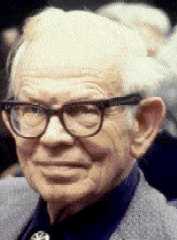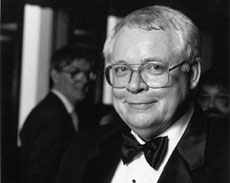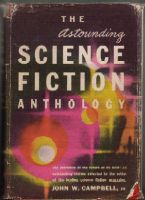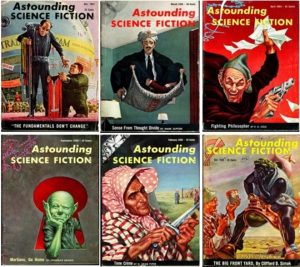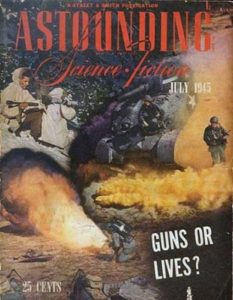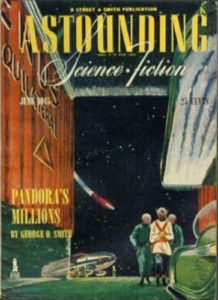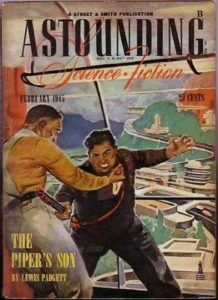Raymond Z. Gallun (rhymes with “balloon”; his family was Dutch) was born on this date, January 22, in 1911. Gallun passed away in 1994.)
This post is going to serve triple duty. First, it’s a birthday post. Second, it’s going to be a 90th Anniversary of Astounding post. Third, it’s also a pre-Campbell SF post.
Gallun is largely forgotten now, but he was pretty prolific from 1929 through the early fifties. If he is remembered at all, it’s for his story “Old Faithful”, which was first published in the December 1934 issue of Astounding. Continue reading

